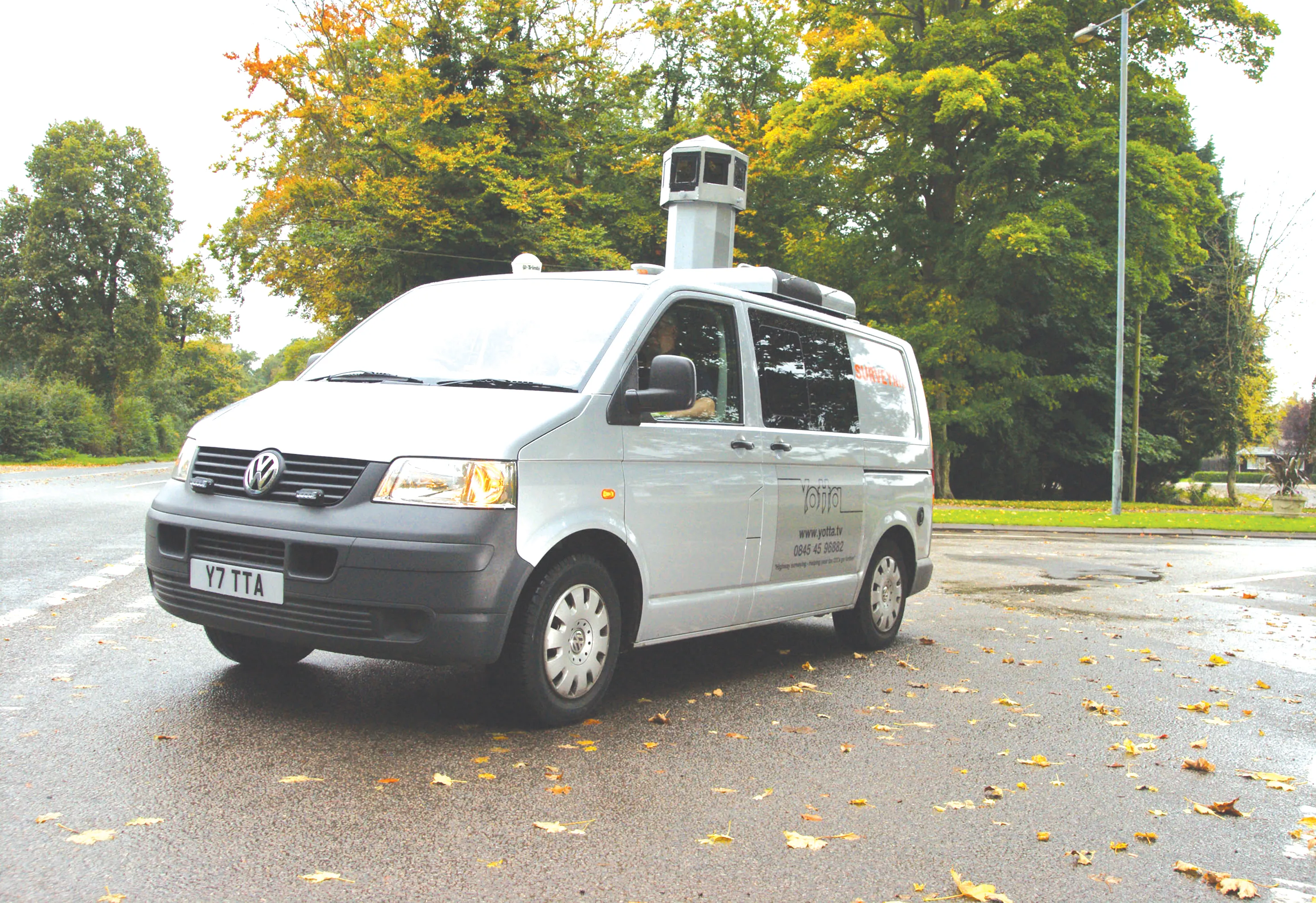Slough Borough Council (SBC) in southern England has joined the growing number of UK local authorities to deploy the latest version of Comet, the advanced traffic management and information system from Siemens.
Comet aims to enable SBC to meet its policy, operational and travel information requirements including the ability to set network strategies. The solution will provide a command and control system for strategic VMS and car park guidance and will also provide dynamic content seamlessly to SBC’s plann
December 20, 2012
Read time: 2 mins
Slough Borough Council (SBC) in southern England has joined the growing number of UK local authorities to deploy the latest version of Comet, the advanced traffic management and information system from Siemens.
Comet aims to enable SBC to meet its policy, operational and travel information requirements including the ability to set network strategies. The solution will provide a command and control system for strategic VMS and car park guidance and will also provide dynamic content seamlessly to SBC’s planned internet and intranet facilities.Using what
Said to be developed in partnership with customers, Comet is described by Siemens as a proven and well established system that can be found in many traffic control rooms around the UK. In Slough, Comet will collect data from all on-street equipment and other data sources, process the data to provide tactical and strategic control for the network operators, and enable the delivery of traffic information to the travelling public in the area.
According to Savio DeCruz, team leader integrated transport and road safety at SBC, Comet meets the functional requirements regarding system performance, ease of use and maintenance.
“With the ability to interface seamlessly with other existing systems in Slough such as car park management and VMS, the introduction of Siemens Comet will be central to the implementation of a range of measures that will form part of Slough’s long-term Transport Strategy,” said DeCruz.








